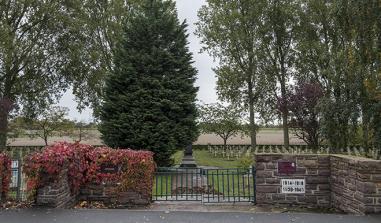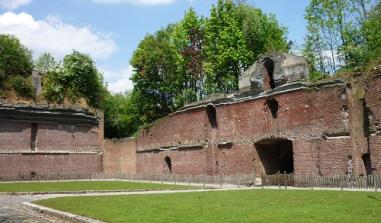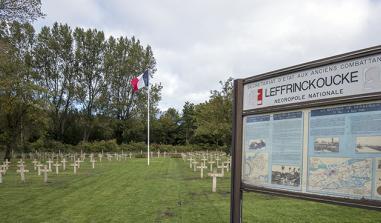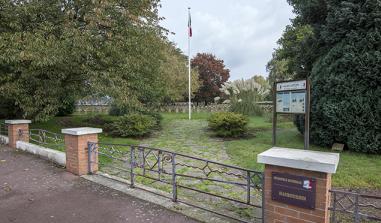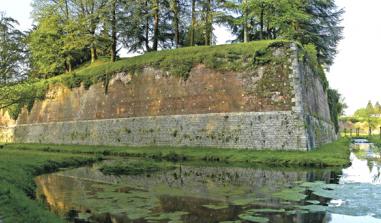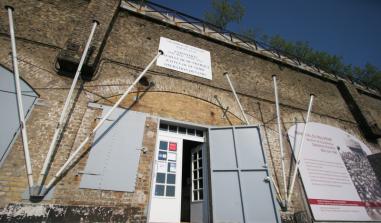Dunkirk National Cemetery
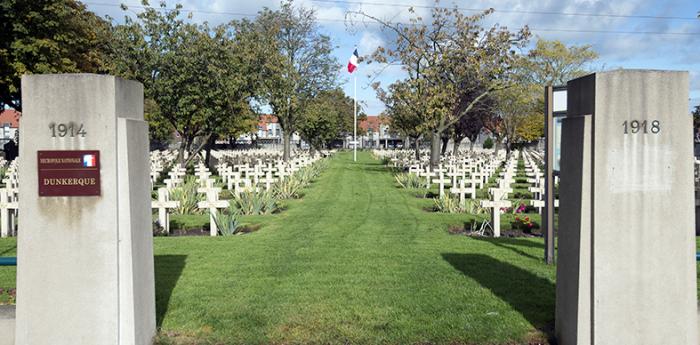
Dunkirk National Cemetery. © ECPAD
Click here to view the cemetery’s information panel here 
Dunkirk National Cemetery contains the remains of French soldiers who died in the hospitals of the Dunkirk area between 1914 and 1918. Established in 1921, the cemetery was redeveloped between 1962 and 1965 to accommodate the bodies of other First World War soldiers buried in cemeteries in the area. Today, 1 863 French servicemen are buried in individual graves, 88 of them unknown.
In the town cemetery nearby are two military plots containing 119 Belgian and 141 British soldiers and six military workers – five Egyptians and one Malagasy – who died as a result of their wounds in the same hospitals.
From the outset of operations in 1914, the civilian and military hospitals of Dunkirk and the surrounding area took in a great many wounded from the Yser front. Very soon, they were overwhelmed. Schools, care homes, even the Zuydcoote sanatorium and the Malo and Malo-Terminus casinos, were requisitioned to receive growing numbers of wounded.
The Battles of the Yser, 1914-18
After abandoning Antwerp and retreating from Flanders, the Belgian, French and British armies established a new front on the Yser, between the North Sea coast and Dixmude. Ten miles long, this sector was bitterly contested. To hold back the repeated attacks from the Germans, the Belgians resisted valiantly, using all the means at their disposal. In autumn, the dykes burst, flooding no man’s land and the enemy trenches. From 16 October, the naval fusiliers of Rear Admiral Ronarc’h’s brigade defended Dixmude inch by inch, alongside the 4th Moroccan Battalion, the 1st Algerian Battalion and the Belgian Army.
After 25 days of uninterrupted fighting, on 10 November the enemy took Dixmude. Further south, at Ypres, from 31 October to 2 November, the enemy launched furious assaults that broke on the Franco-British lines. Neither adversary gave way. The first Battle of Ypres ended with no real result. The town remained at centre stage throughout the war, particularly in the spring of 1915, when a new weapon was tested: poison gas.
Throughout the conflict, ever more bloody operations were carried out in this sector, especially in spring 1915 and in summer 1917, when 240 000 British soldiers were killed.
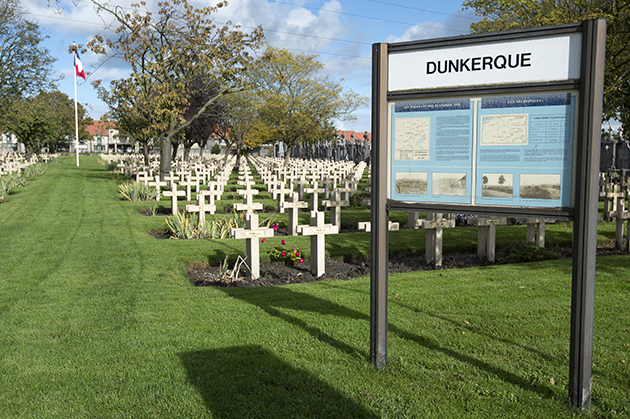
Dunkirk National Cemetery. © ECPAD
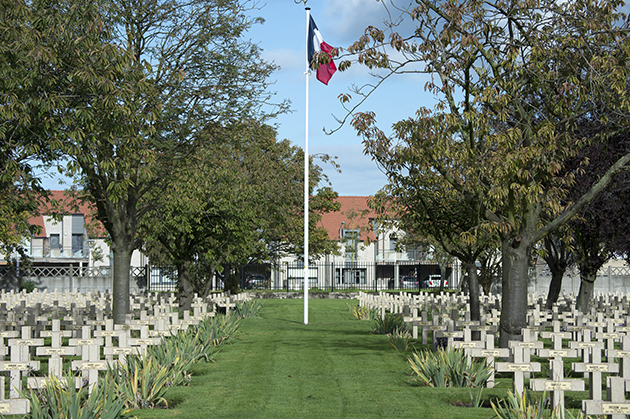
Dunkirk National Cemetery. © ECPAD
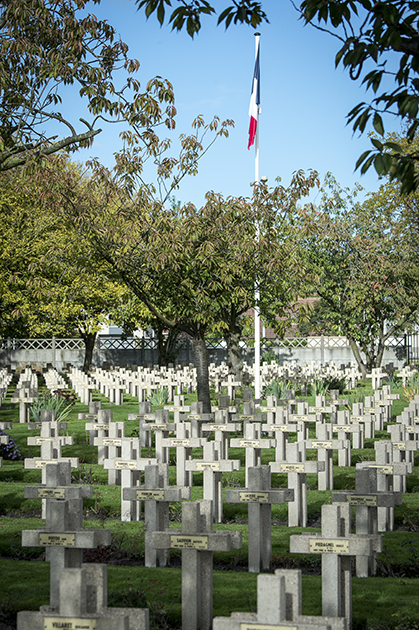
Dunkirk National Cemetery. © ECPAD
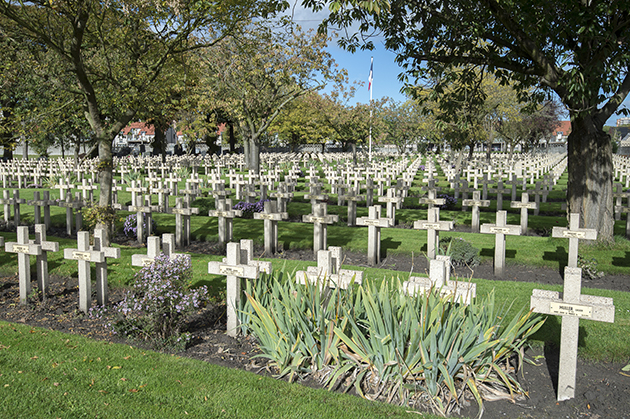
Dunkirk National Cemetery. © ECPAD
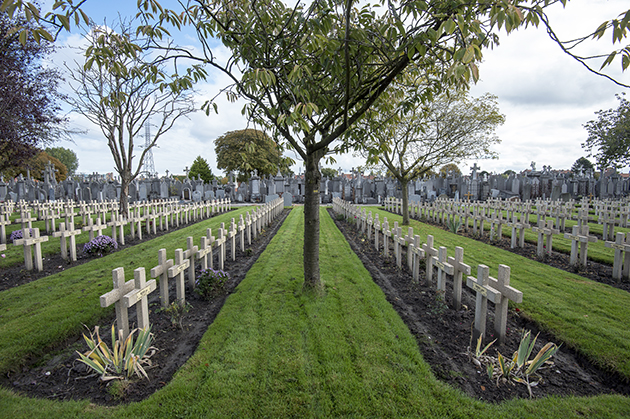
Dunkirk National Cemetery. © ECPAD
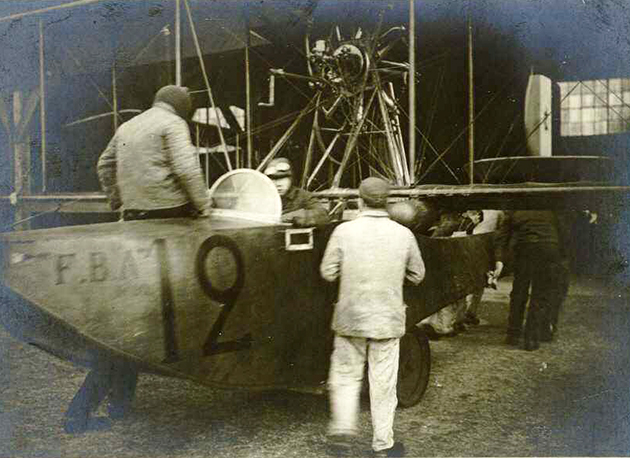
Rentrée d'un hydravion dans un hangar, Dunkerque, décembre 1915. Pour se préserver de la menace des sous marins allemands, les Alliés utilisent de nombreux moyens tels que les bateaux-pièges ou l'armement de balénières. © Collections BDIC
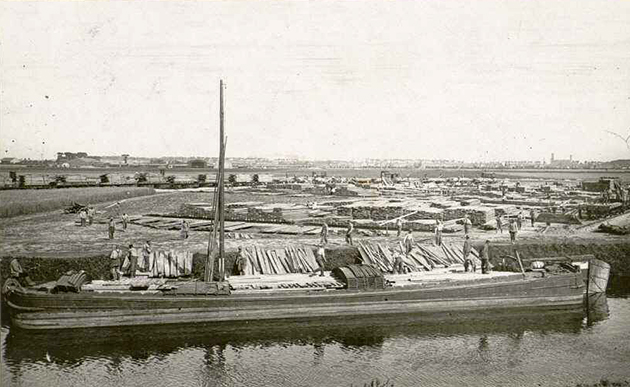
Prisonniers allemands employés près de Dunkerque à décharger du bois, août 1916. © Collections BDIC
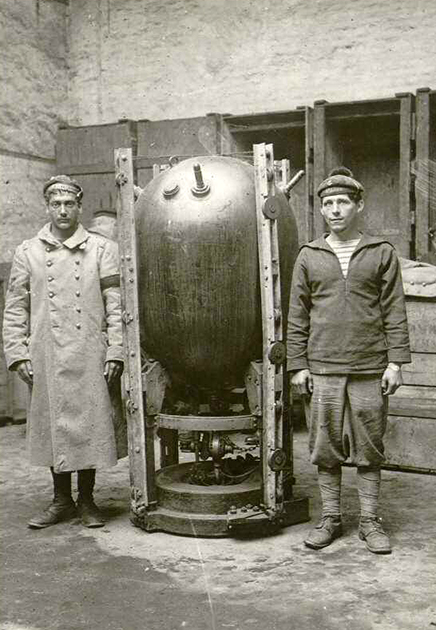
Mine sous-marine allemande échouée à Wissant, Dunkerque, août 1917. © Collections BDIC
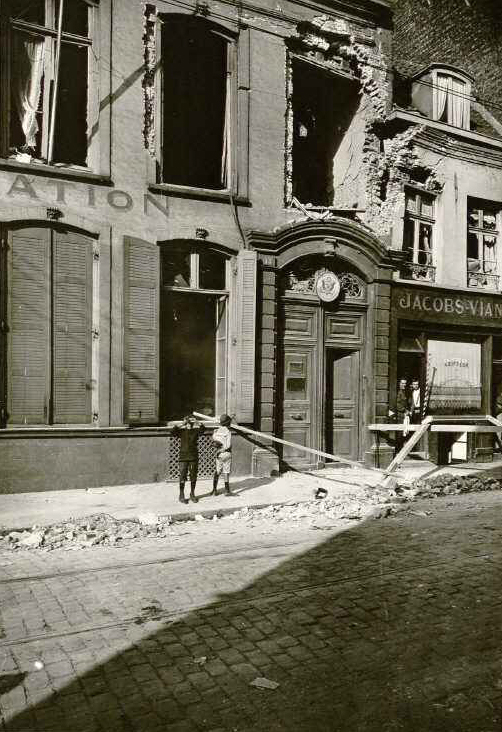
Façade du consulat des États-Unis bombardé par les avions allemands, Dunkerque, septembre 1917. © Collections BDIC
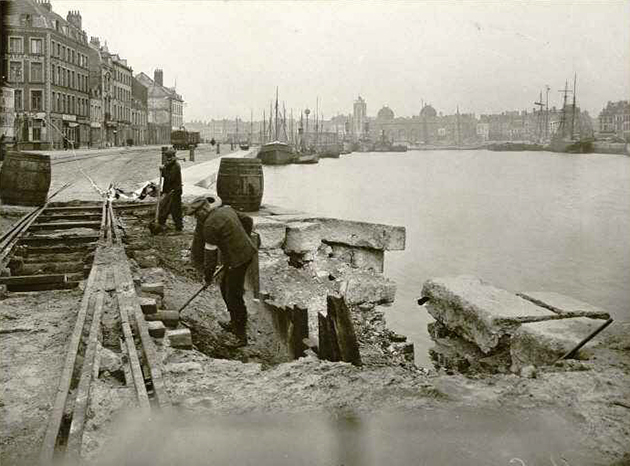
Quai de la citadelle atteint par un obus allemand de 380 mm, Dunkerque, octobre 1917. © Collections BDIC
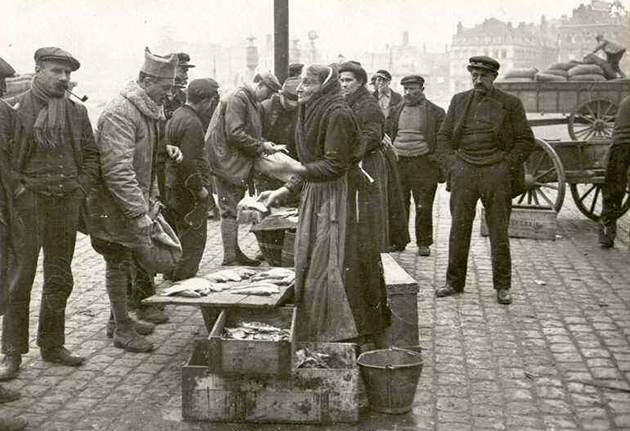
Soldats français marchandant du poisson, Dunkerque, novembre 1917. © Collections BDIC
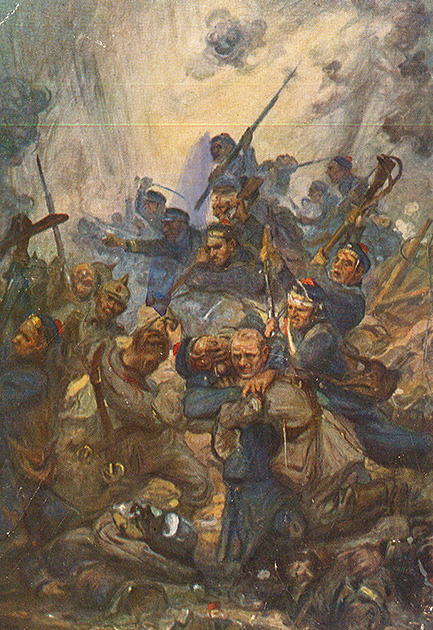
Représentation d'une scène de combats à Melle entre des fusilliers marins français et des soldats allemands. © Collections BDIC
Practical information
Dunkirk
N 1, N 39, D 916
Unguided visits throughout the year
Read more
Read more
Comité départemental du tourisme du nord
6, rue Gauthier de Châtillon
59013 Lille Cedex
Tél.: +33(0)3 20 57 59 59


